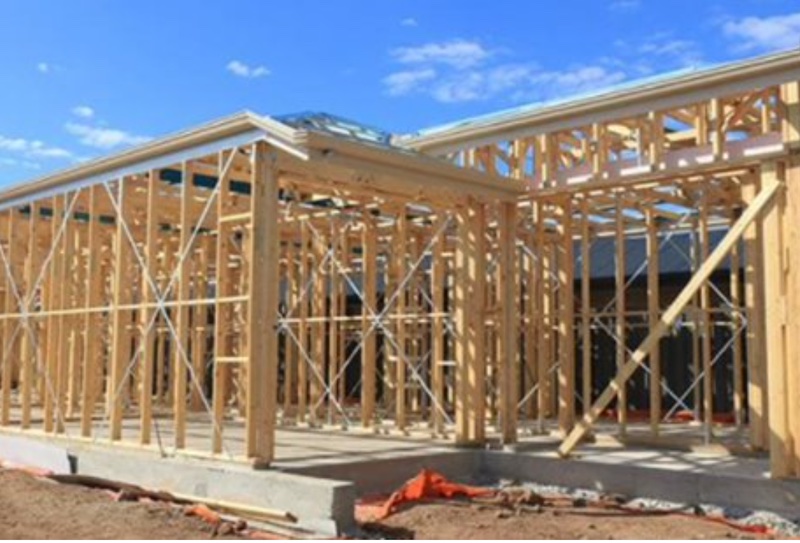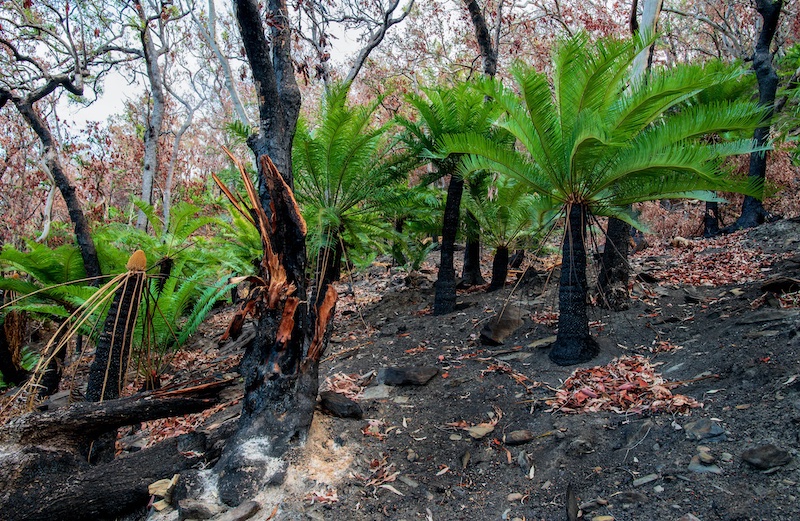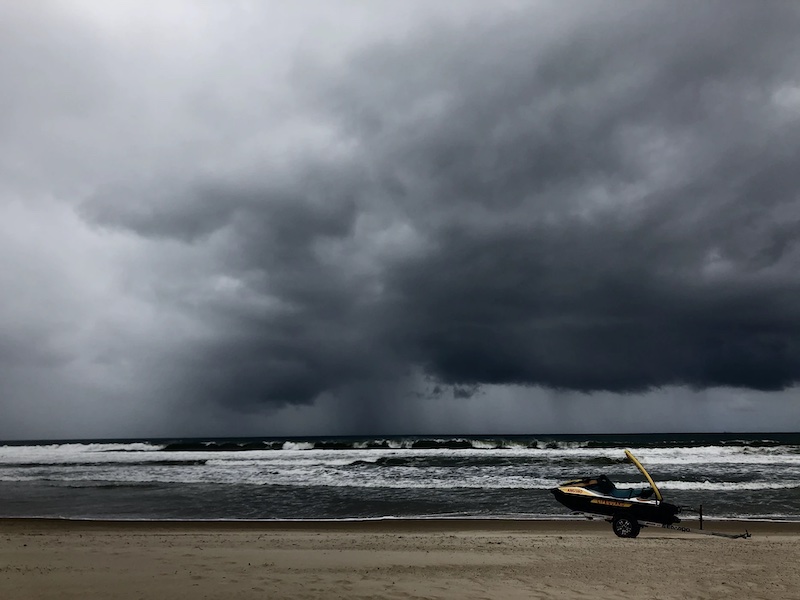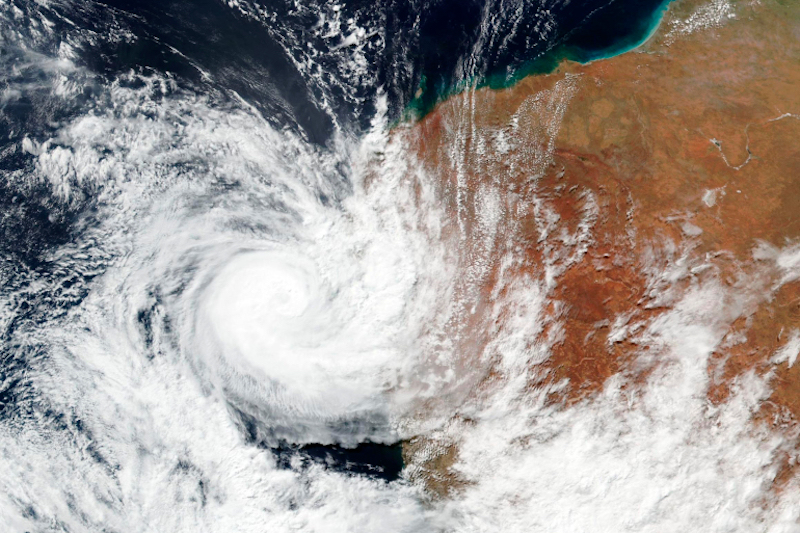Home Building resilience Page 5
Climate Resilient Homes Toolkit
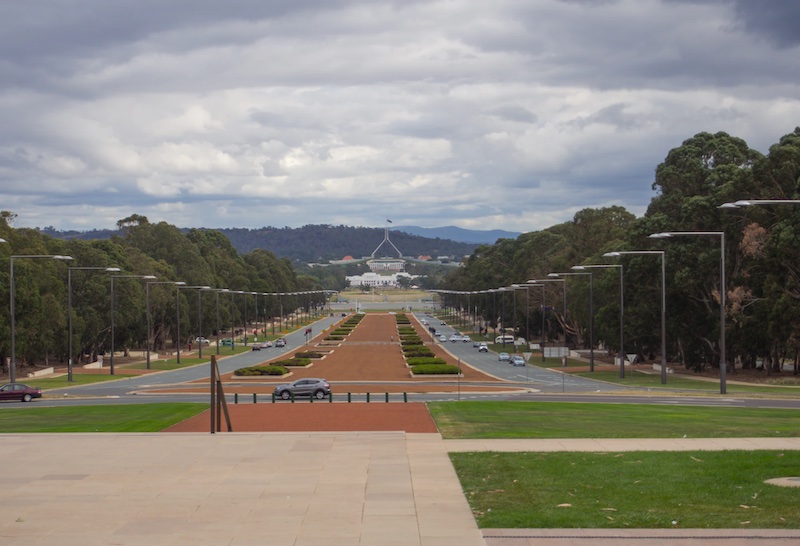
Status: Complete
Overview
Climate change is exacerbating extreme weather events such as bushfires, floods, and droughts. Communities experiencing the effects of extreme weather events today, will become increasingly exposed as these events worsen.
The Canberra Region Joint Organisation (CRJO) brought together the ICA, Resilience NSW and the Minderoo Foundation and contracted Edge Environment to develop a Bushfire-Resilient Housing Toolkit for residents and Councils in the ACT region. This toolkit provides guidance and advice to homeowners wishing to take action to improve the resilience of their homes.
The toolkit has been developed to be a scalable asset to launch to the whole of Australia. The action taken by residents and Councils will develop the resilience of our housing stock against climate. It can be accessed here.
Partnerships
- Canberra Regional Joint Organisation of Councils
- Resilience NSW
- Minderoo Foundation
- Edge Environment


